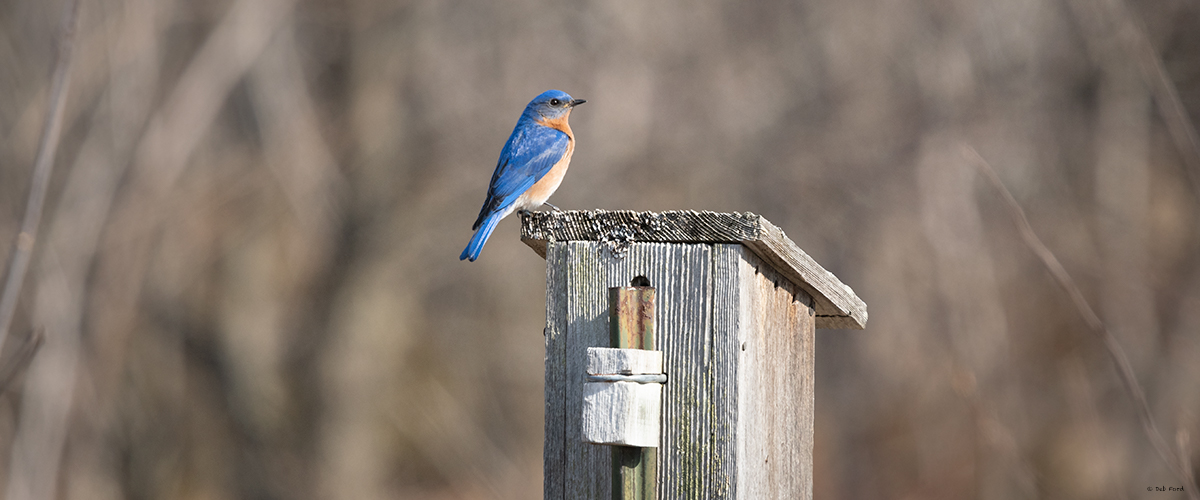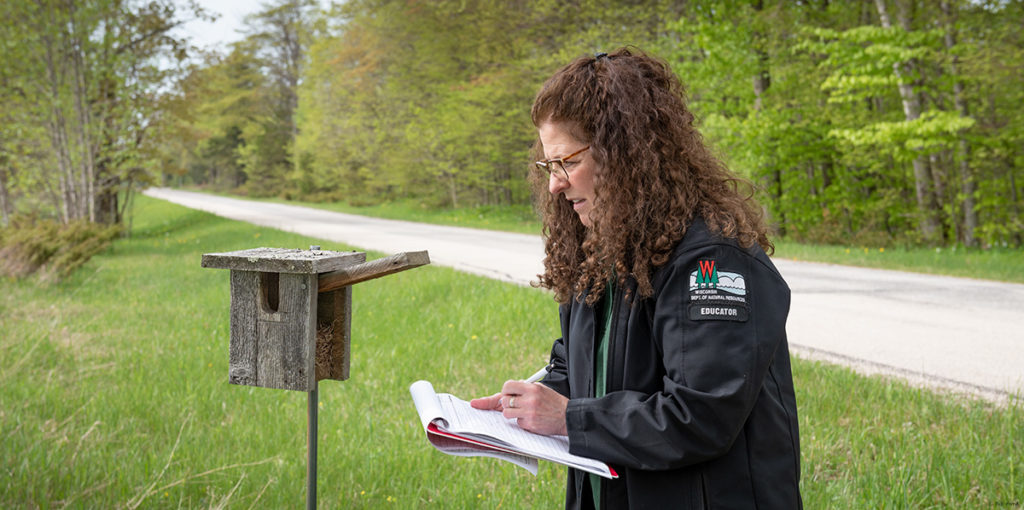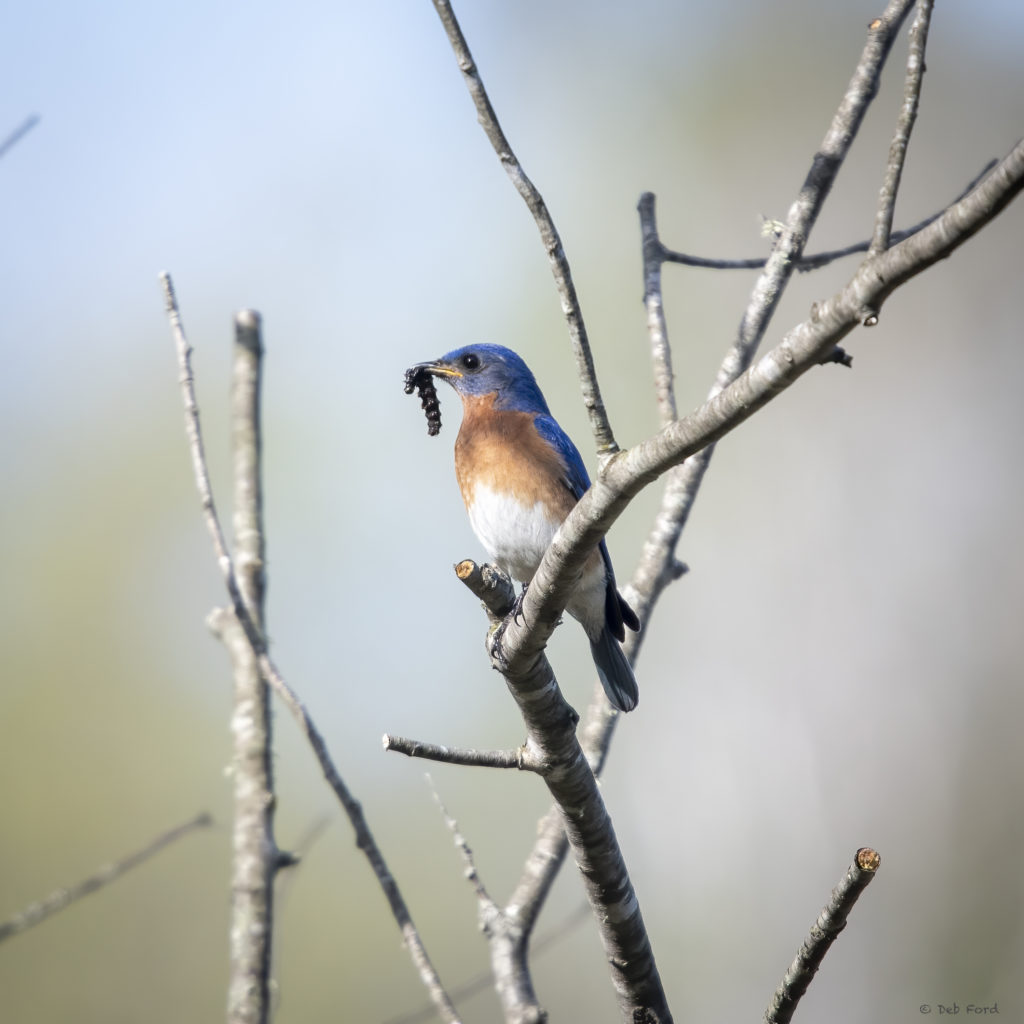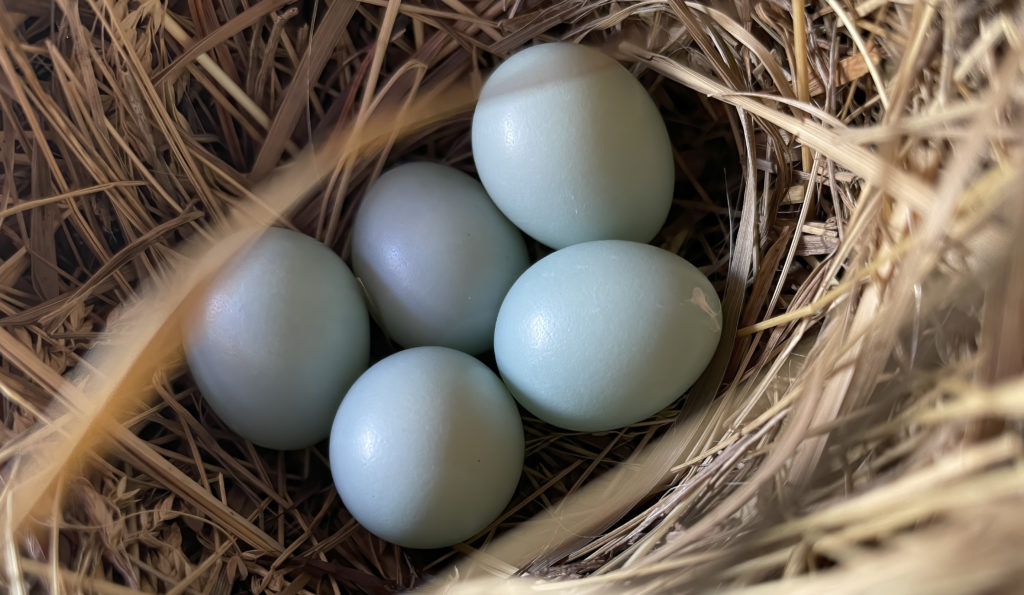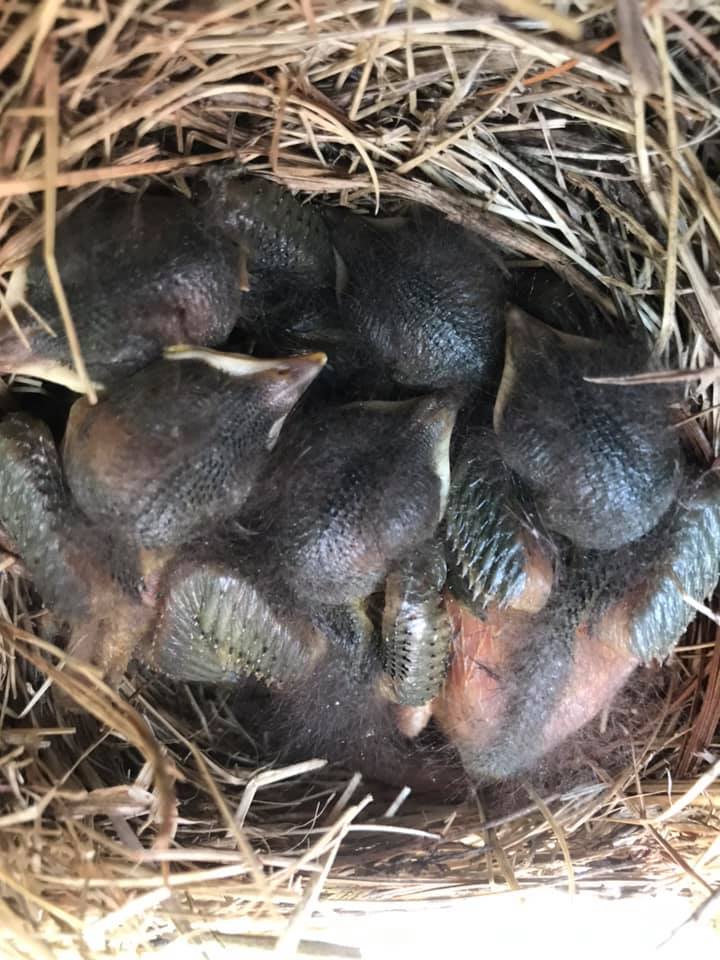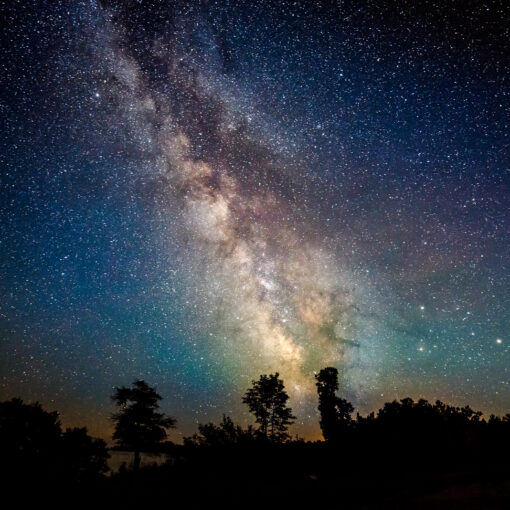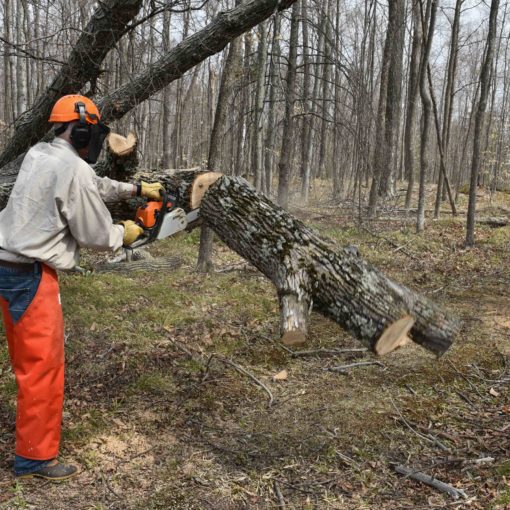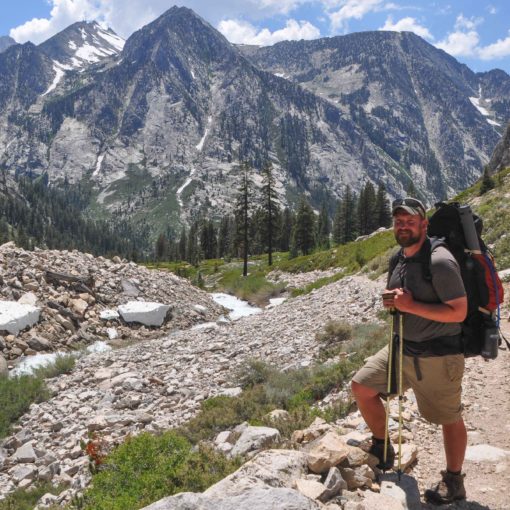Text by Beth Bartoli, Naturalist at Newport SP
Since 2007, Newport volunteers have been friends and helpers of the declining eastern bluebird population. NWS volunteers built and placed nesting boxes in appropriate habitat from Highway 42 down County Road NP and into the park. The number of boxes varied over the years, ranging from 10 to the current number of 20. As mentioned, the boxes are not all located within the park, as specific habitat is needed to encourage bluebirds to occupy the nest boxes.
Thanks to the efforts of Marilyn Hansotia, boxes were set up and monitored weekly for BRAW (Bluebird Restoration Association of Wisconsin).
When BRAW was organized in 1986, it was estimated that the Eastern Bluebird population in its historic range had declined by 90% during the preceding 50 years due to changes in agriculture practices, competition from the House (English) Sparrow and European Starling, severe weather in its central and southern winter range, and the loss of nest sites, such as tree cavities and hollow wooden fence posts. Since 1994, BRAW has entered monitors’ data into a computer data base and as a result, through computer analysis of the data, it has gained great insights into the complexities of how management practices and box design affect bluebird population dynamics.
Thanks to dedicated volunteers Jim and Pat Blair, Terry and Debbie Wolf, Amy Dwyer and Julie Roenigk, boxes are still monitored weekly, taking note of the evidence or presence of a nest, what bird is nesting there, number of eggs, number of young and how many fledged. Other data is collected, such as if a nest was abandoned or destroyed, or if eggs or young were lost to predation. At the end of the season, all data collected is sent to Charlotte Lukes, Door County’s regional coordinator, who then sends it off to BRAW.
To find out more about the park’s bluebird box monitoring, check the program schedule to see when the next bluebird program is at Newport.
If you are interested in finding out more about bluebirds and how you can help, check out BRAW’s website. You’ll find a wealth of information about how the data collected is being used, as well as information about building, placing and caring for a bluebird box. Our feathered friends will thank you.
